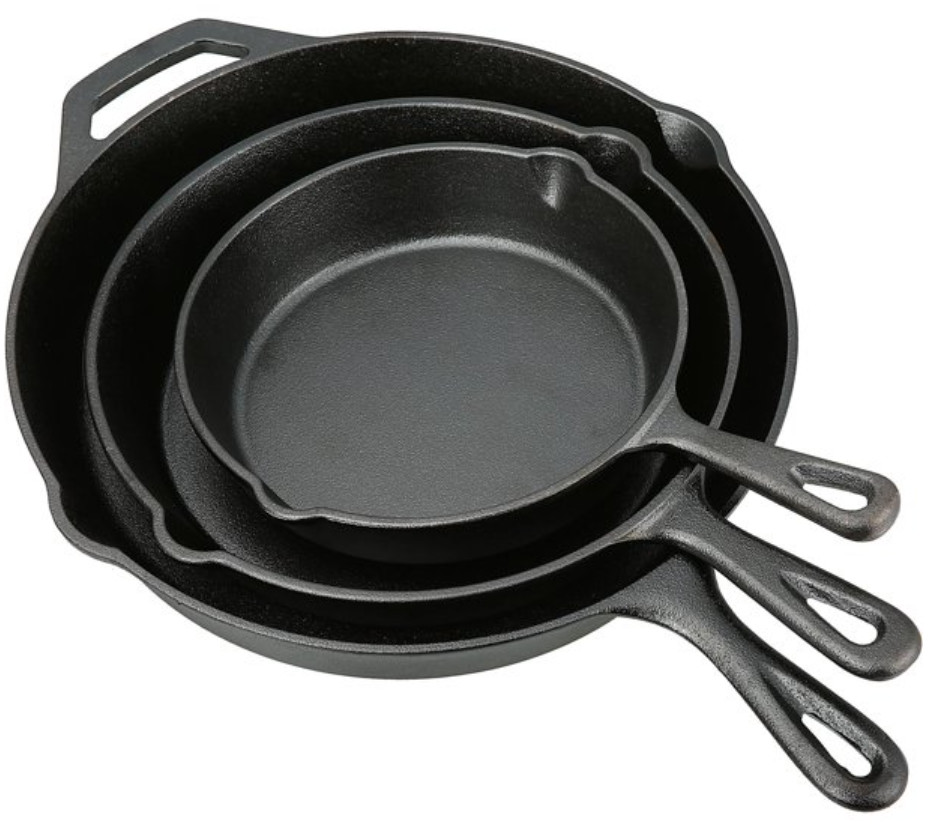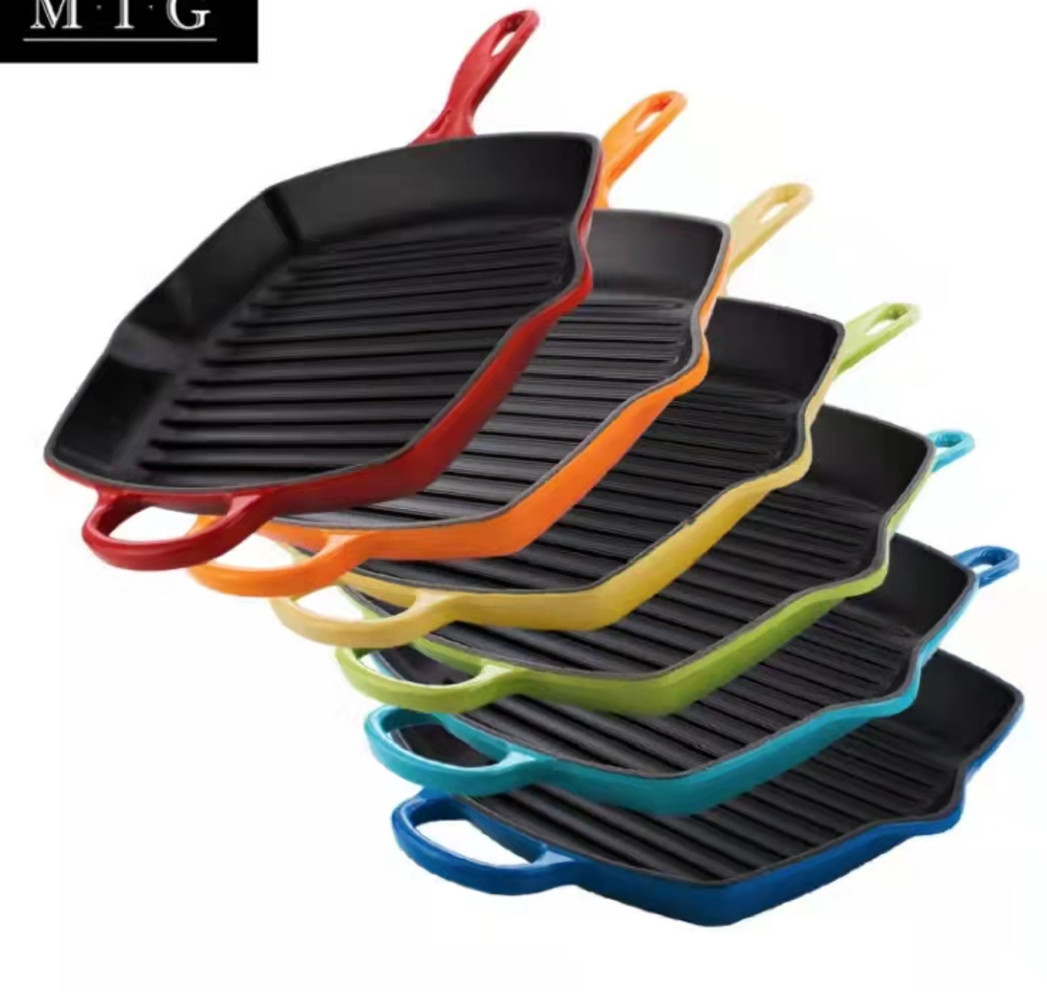- 河北省石家庄市藁城区长安镇南楼村丁卫西路南侧150米
- monica@foundryasia.com
6 月 . 12, 2023 18:48 返回目录
什么是铸铁炊具
什么是铸铁炊具:
铸铁炊具是一种重型炊具,由铸铁制成,因其保温性、耐用性、在极高温度下使用的能力以及在适当调味后不粘烹饪而受到重视。
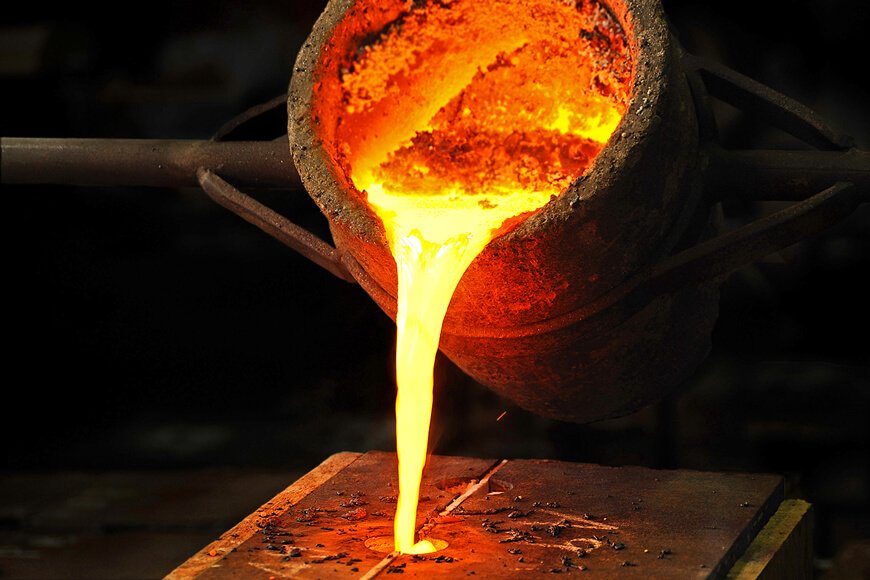
铸铁炊具的历史
In Asia, particularly China, India, Korea and Japan, there is a long history of cooking with cast iron vessels. The first mention of a cast-iron kettle in English appeared in 679 or 680, though this wasn't the first use of metal vessels for cooking. The term pot came into use in 1180. Both terms referred to a vessel capable of withstanding the direct heat of a fire. Cast-iron cauldrons and cooking pots were valued as kitchen items for their durability and their ability to retain heat evenly, thus improving the quality of cooked meals.
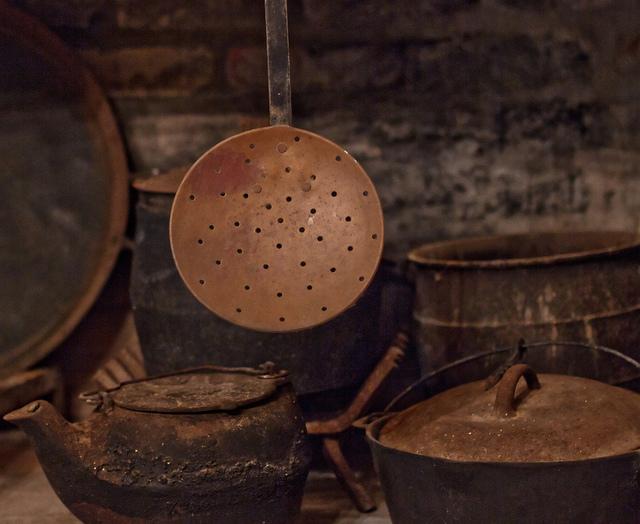
在欧洲和美国,在19世纪中叶厨房炉灶出现之前,饭菜都是在炉膛里做饭,锅碗瓢盆要么设计成在炉膛内使用,要么悬挂在炉膛内。
Cast-iron pots were made with handles to allow them to be hung over a fire, or with legs so that they could stand in the coals. In addition to Dutch ovens with three or four feet, which Abraham Darby I secured a patent in 1708 to produce, a commonly used cast-iron cooking pan called a spider had a handle and three legs allowing it to stand upright over campfires as well as in the coals and ashes of a fireplace.
当炉灶流行时,无腿平底锅具开始使用; 19 世纪末的这个时期见证了公寓的引入
cast-iron skillet.
铸铁炊具在 20 世纪上半叶特别受家庭主妇欢迎。这是一种便宜但耐用的炊具。大多数美国家庭至少拥有一个铸铁平底锅。
20 世纪还见证了搪瓷涂层铸铁炊具的引入和普及。
Today, of the large selection of cookware that can be purchased from kitchen suppliers, cast iron comprises only a small fraction. However, the durability and reliability of cast iron as a cooking tool has ensured its survival. Cast-iron pots and pans from the 19th and 20th century continue to see daily use to the present day. They are also highly sought after by antique collectors and dealers. Cast iron has also seen a resurgence of its popularity in specialty markets. Through cooking shows, celebrity chefs have brought renewed attention to traditional cooking methods, especially the use of cast iron.
必备产品
铸铁炊具的类型包括煎锅、荷兰烤炉、煎锅、华夫饼熨斗、帕尼尼压力机、油炸锅、炒锅、火锅和 potjies。
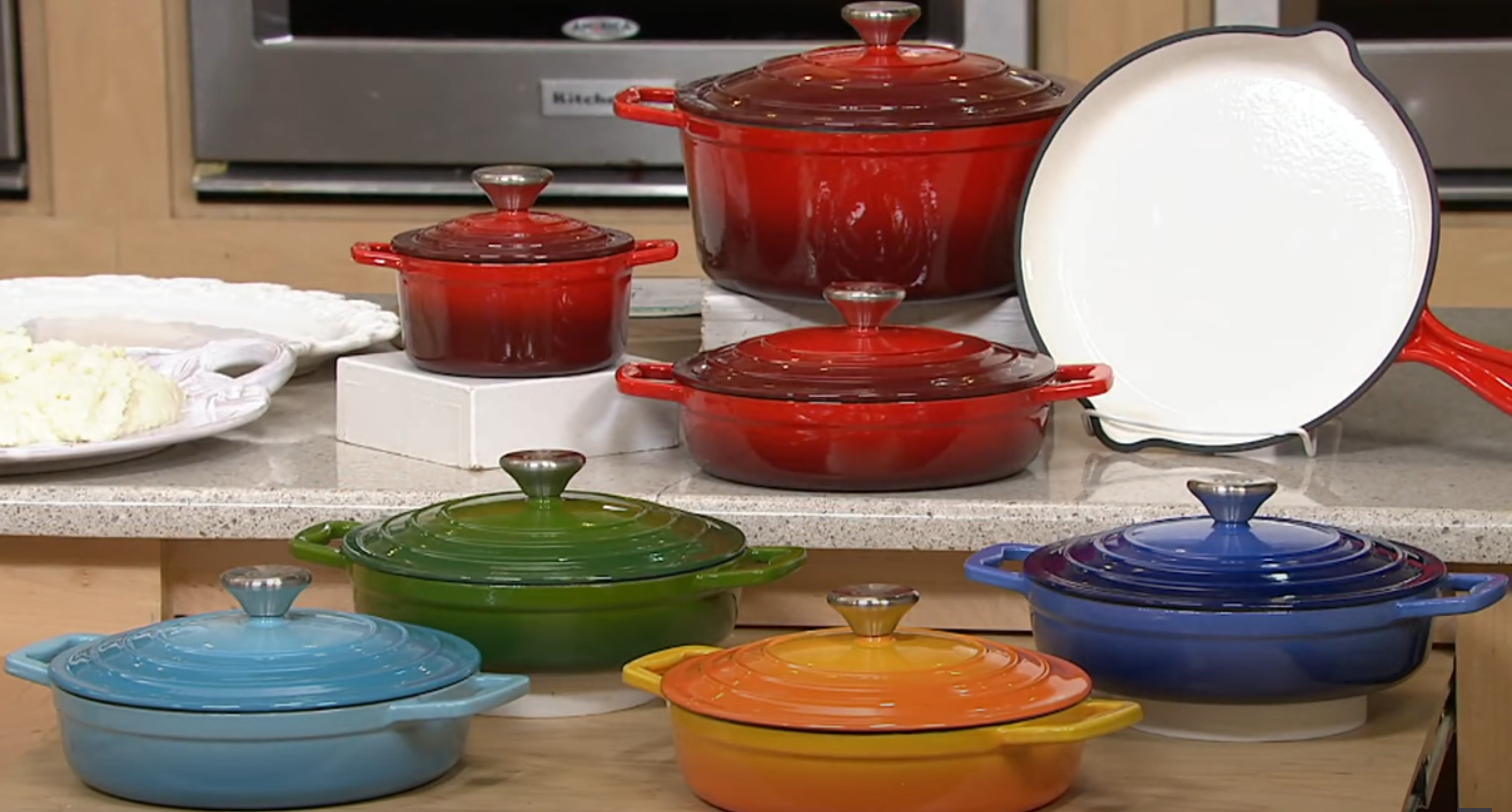
铸铁炊具的好处
Cast iron's ability to withstand and maintain very high cooking temperatures makes it a common choice for searing or frying, and its excellent heat retention makes it a good option for long-cooking stews or braised dishes.
Because cast-iron skillets can develop a "non-stick" surface when cared for properly, they are excellent for frying potatoes or preparing stir-fries. Some cooks consider cast iron a good choice for egg dishes, while others feel the iron adds an off-flavor to eggs. Other uses of cast-iron pans include baking, for instance for making cornbread, cobblers and cakes.
Many recipes call for the use of a cast-iron skillet or pot, especially so that the dish can be initially seared or fried on the stovetop then transferred into the oven, pan and all, to finish baking. Likewise, cast-iron skillets can double as baking dishes. This differs from many other cooking pots, which have varying components that may be damaged by the excessive temperatures of 400 °F (204 °C) or more.
-
Product introduction of Changan Cast Iron Co., LTD
新闻Jan.24,2024
-
The Impact of the Leidenfrost Effect on Non-Stick Properties of Cast Iron Titanium Coated Cookware
新闻Jan.24,2024
-
探索烹饪鸿沟——铸铁砂锅与普通砂锅
新闻Jan.03,2024
-
包装车间重新布置,配有货架和 3D 货物存储
新闻Dec.29,2023
-
可以通过以下步骤有效地清洁用过的铸铁搪瓷锅:
新闻Dec.27,2023
-
Metallographic Structure for enamel on cast iron
新闻Dec.27,2023
